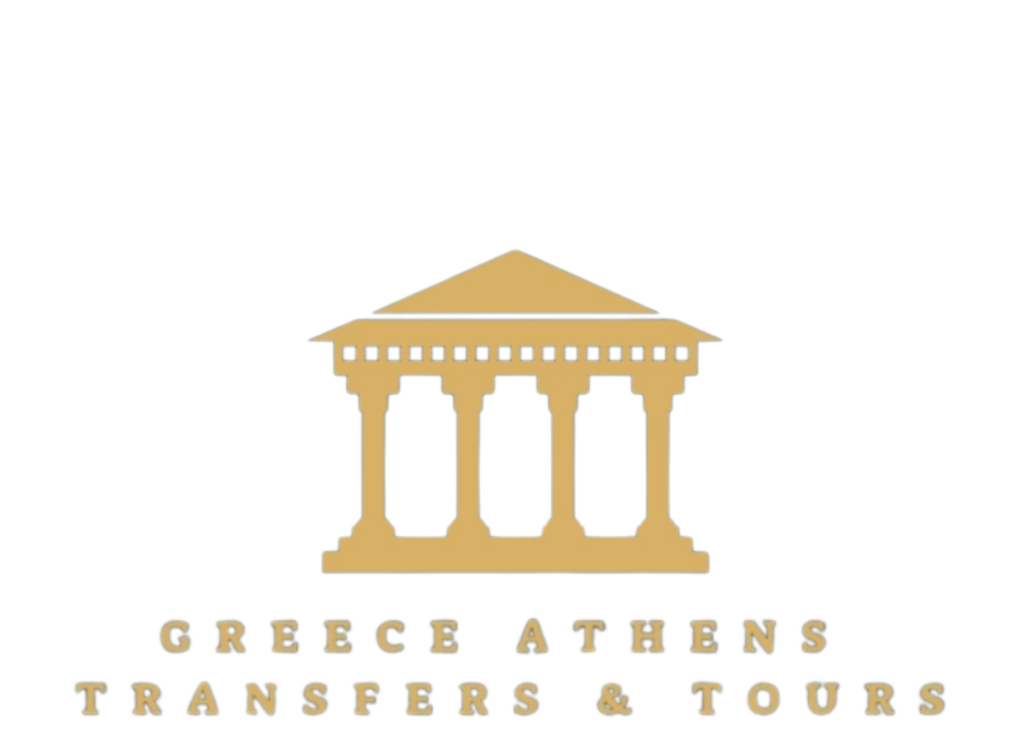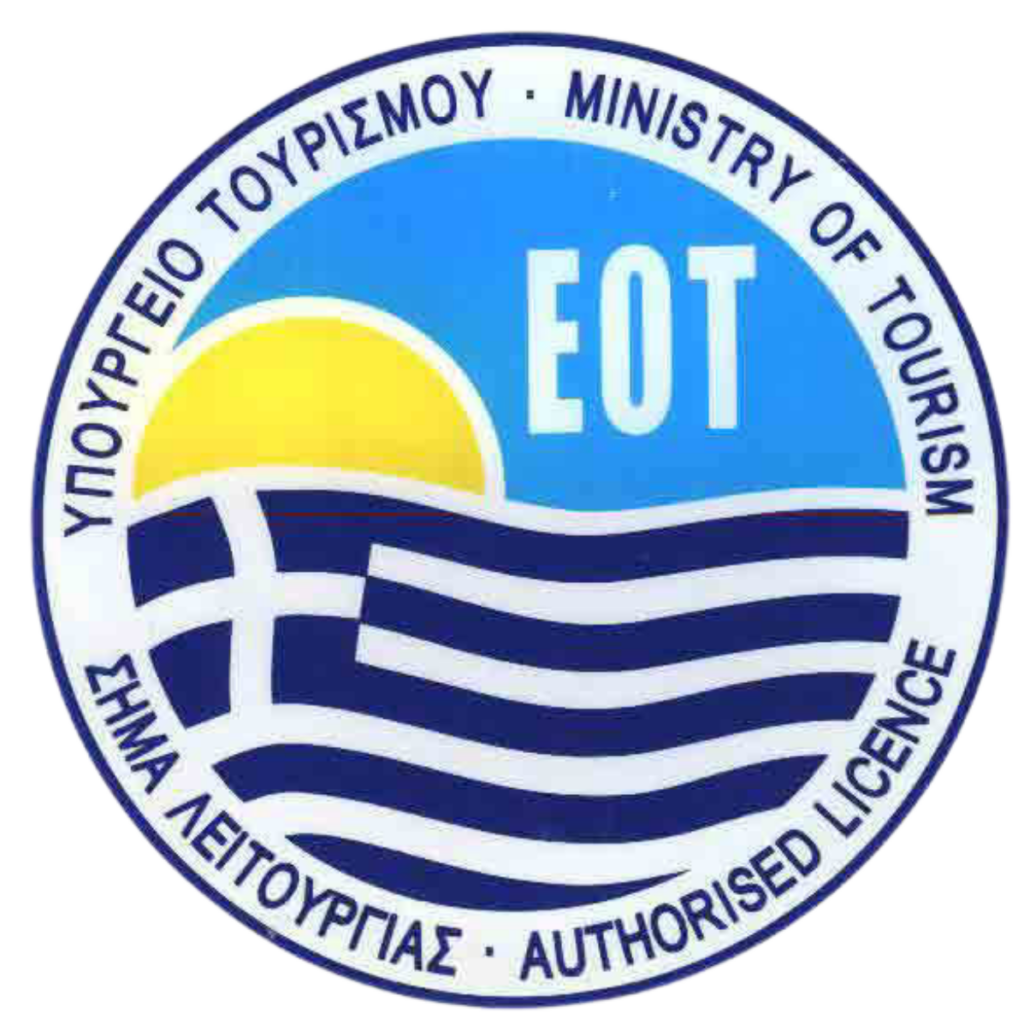Tour itinerary
4-5 hours roundtrip | 7 places | 1 stop for lunch
Start our tour from Athens
We begin our tour early in the morning from Athens. Our driver will collect you from your hotel, apartment, or the airport/port.
Acropolis
Embark on a journey through the land where thousands of years ago, some of the most significant contributions to global philosophy, politics, and science were born and thrived. Explore ancient monuments of unparalleled cultural and historical significance, immersing yourself in the grandeur and splendor of ancient Greek civilization. Begin your adventure with the Acropolis, which translates to “the edge of the city” in Greek, representing both the geographical and spiritual pinnacle according to ancient Greeks.
Propylaea
The Propylaea served as the grand entrance to the Acropolis of Athens, commissioned by the Athenian leader Pericles as part of a series of public works to reconstruct the Acropolis following the Persian Wars.
Parthenon
Atop this sacred hill stands the Parthenon, an enduring symbol of ancient Greek architecture and the epitome of greatness. Every piece of marble captures the essence of ancient Greece, showcasing the pinnacle of human spirit and genius. This architectural marvel awaits the return of its famed sister marbles, ready to welcome them home once more.
Erechtheion
The Erechtheion is an ancient Greek temple situated on the north side of the Acropolis of Athens in Greece. It was dedicated to both Athena and Poseidon.
Temple of Athena Nike
The Temple of Athena Nike is located on the Acropolis of Athens and is dedicated to the goddesses Athena and Nike. Constructed around 420 BC, it is the earliest fully Ionic temple on the Acropolis. Positioned prominently on a steep bastion at the southwest corner of the Acropolis, to the right of the entrance known as the Propylaea, the temple overlooks the surrounding area. Unlike the walled sanctuary of the Acropolis entered through the Propylaea, the Victory Sanctuary was open and accessed from the southwest wing of the Propylaea and via a narrow stair on the north. The sheer walls of its bastion were safeguarded on the north, west, and south by the Nike Parapet, which derived its name from the frieze depicting Nikai celebrating victory and making sacrifices to their patroness, Athena and Nike.
Theatre of Dionysus
The Theatre of Dionysus is an ancient Greek theatre situated in Athens, built on the southern slope of the Acropolis hill and originally forming part of the sanctuary of Dionysus Eleuthereus. The first terrace of the orchestra was constructed on the site around the mid- to late-sixth century BC, serving as the venue for the City Dionysia festival. In the fourth century BC, under the supervision of Lycurgus, the theatre expanded to its fullest extent, boasting a capacity of up to 17,000 spectators. It remained in continuous use until the Roman period. However, during the Byzantine era, the theatre fell into decay and was forgotten until its identification, excavation, and restoration in the nineteenth century.
Odeon of Herodes Atticus
The Odeon of Herodes Atticus is a Roman theater made of stone, situated on the southwest slope of the Acropolis of Athens. Completed in 161 AD, the structure underwent renovation in 1950.
Acropolis Museum
Nestled at the foot of the Acropolis Hill, beneath the majestic Parthenon, lies a modern marvel: the Acropolis Museum. This architectural gem is home to some of the most significant ancient Greek statues and works of art, showcasing the rich cultural heritage of Greece.
Arch of Hadrian
The Arch of Hadrian, also known as Hadrian’s Gate in Greek, is a monumental gateway resembling a Roman triumphal arch. It once spanned an ancient road leading from the center of Athens, Greece, to the complex of structures on the eastern side of the city, including the Temple of Olympian Zeus.
Temple of Olympian Zeus
Between the Acropolis and the Ilisos River lie the remnants of the Temple of Olympian Zeus, now known as the Pillars of Olympian Zeus. This ancient shrine, one of Athens’ most significant and oldest, continues to exude a sense of grandeur, offering visitors a glimpse into the city’s rich history and architectural splendor.
Panathenaic Stadium
Moving forward, we encounter the breathtaking Calimarmaro, now known as the Panathenaic Stadium, revered as the birthplace of the first modern Olympic Games. Constructed from Pentelic marble, this stadium stands as a testament to the enduring Olympic ideals that continue to inspire and resonate with us today.
Lycabettus hill
Leaving the magnificent Calimarmaro behind, we will ascend to Lycabettus Hill, where you will be treated to a breathtaking panoramic view of the city. From this vantage point, you can marvel at the striking juxtaposition of ancient and modern Athens, all laid out before you in stunning clarity.
Syntagma Square
Syntagma Square, also known as Constitution Square, serves as the central square of Athens. Its name commemorates the Constitution that Otto, the first King of Greece, was compelled to grant following a popular and military uprising on 3 September 1843. Situated in front of the 19th-century Old Royal Palace, which has housed the Greek Parliament since 1934, Syntagma Square holds immense historical and social significance. It stands at the heart of commercial activity and Greek politics, making it the most important square in modern Athens. Additionally, the name “Syntagma” also encompasses the neighborhood surrounding the square.
Hellenic Parliament
Fast-forwarding thousands of years, we arrive at the Hellenic Parliament building, a striking edifice located in downtown Athens overlooking Syntagma Square. This impressive structure serves as the seat of the Greek Parliament. Positioned at the forefront of the building is the presidential guard, composed of two soldiers clad in traditional Greek combat attire. These guards stand steadfastly beside the Tomb of the Unknown Soldier. Every hour, with remarkable precision and agility, the two guards perform the guard change ceremony, a spectacle that never fails to captivate onlookers.
Tomb of the Unknown Soldier
The Tomb of the Unknown Soldier is a poignant war memorial situated in Syntagma Square in Athens, positioned in front of the Old Royal Palace. Serving as a cenotaph, it honors the Greek soldiers who lost their lives in war. Sculpted between 1930 and 1932 by artist Fokion Rok, the tomb stands as a solemn tribute to the fallen. Guarding this sacred site are the Evzones of the Presidential Guard, standing vigilantly in their traditional attire.
Athens Trilogy: Academy of Athens
The Academy of Athens holds the distinction of being Greece’s national academy and the foremost research institution in the nation. Established in 1926, it operates under the auspices of the Ministry of Education. The Academy’s primary building is renowned as one of the principal landmarks of Athens, symbolizing the pursuit of knowledge and intellectual excellence in the country.
Athens Trilogy: National Library
The National Library of Greece, located near the heart of Athens, was envisioned by the Danish architect Theophil Freiherr von Hansen as part of his renowned Trilogy of neo-classical buildings, which also includes the Academy of Athens and the original structure of Athens University. Established by Ioannis Kapodistrias, the library stands as a testament to Greece’s commitment to education, knowledge, and cultural heritage.
Athens Trilogy: University of Athens
The University of Athens has held a continuous presence since its inception in 1837, making it the oldest institution of higher education in the modern Greek state and the first contemporary university in both the Balkan Peninsula and the Eastern Mediterranean. Today, it stands as one of Europe’s largest universities by enrollment, boasting over 69,000 registered students.
Founded on 3 May 1837 by King Otto of Greece, the university was initially named Othonian University in his honor. It marked the first university in the newly liberated Greek state and in the broader Southeast European region. It also followed the Ionian Academy as the second academic institution in the area. In its early stages, the university comprised four faculties: Theology, Law, Medicine, and Arts (which encompassed applied sciences and mathematics). In its inaugural year, the institution employed 33 professors, with 52 students enrolled in courses and an additional 75 non-matriculated “auditors” attending lectures.
Old Parliament House
The Old Parliament House, situated on Stadiou Street in Athens, served as the home of the Greek Parliament from 1875 to 1935. Today, it has been repurposed to house the National Historical Museum of Greece.
Plaka
The old historical neighborhood of Athens, nestled around the northern and eastern slopes of the Acropolis, boasts labyrinthine streets and stunning neoclassical architecture. Plaka, built atop the residential areas of ancient Athens, is affectionately referred to as the “Neighborhood of the Gods” owing to its close proximity to the Acropolis and numerous archaeological sites.






